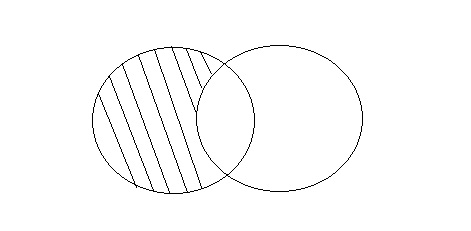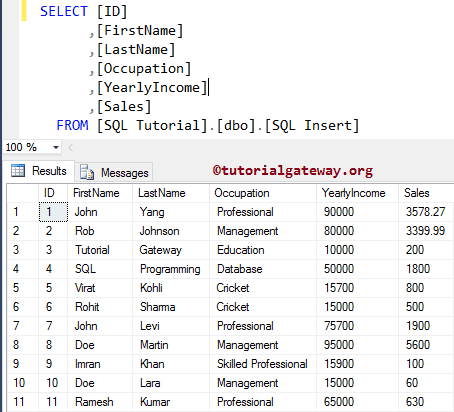Union Columns Vertically in SQL. A JOIN compares columns from two tables, to create result rows composed of columns from two tables. UNION ALL - Includes duplicates. The union is different from the join that the join combines columns of multiple tables while the union combines rows of the tables. As you will see the final ets will differ, but there is some interesting info on how SQL Server actually completes the process.
I have a union of three tables (ttt3). Tym razem z każdego zbioru, bierzemy tylko pierwszych wierszy (załatawia to TOP 5) i pomimo, że elementy się powtarzają, w wyniku dostaniemy wierszy. In the following example, the two queries have been set using two different criteria for the same table. So all the retrieved rows ( including duplicates ) have displayed. Using union removes duplicates (and on some databases also sorts).
If you want to preserve duplicates, use union all:. Unlike a join, which combines columns from different tables, a union combines rows from different tables. In a real-world situation, you may have financial numbers from various regions or departments and the tables might have the same columns and data types, but you want to put them in one set of rows and in a single report.

With just columns it is relatively easy to test the different cases (only combinations). However when the number of columns is large the number of possible combinations exponentially grows. Fortunately, some tools like sqlmap can automate this process.
NET Design Pattern Framework TM 4. The definitive guide for data professionals See min video. I often see developers trying following syntax while using ORDER BY. First, the number and the orders of columns that appear in all SELECT statements must be the same. Secon the data types of columns must be the same or compatible. This statement is similar to: select cola, colb from (select cola, colb from Tunion select col colfrom T2) as T order by cola;.

All set operators have equal precedence. If a SQL statement contains multiple set operators, then Oracle Database evaluates them from the left to right unless parentheses explicitly specify another order. When you have determined the number of columns returned by the original query and found which columns can hold string data, you are in a position to retrieve interesting data. Suppose that: The original query returns two columns , both of which can hold string data. I already got my SQL code for this.
Thanks to all for your valuable input. Special thanks to Jingyang Li and Saurabh Bhadauria. SQL statements that contain set operators are called compound queries and each SELECT statement in a compound query is called a component query.
You can combine two or more SELECT statements into a compound query if they satisfy the following union compatibility conditions:. The result sets of both queries must have the same number of columns. Set operators combine columns from two queries based on their position in the referenced tables without regard to the individual column names. Columns in the same relative position in the two queries must have the same data types.
These tables should have the columns in the exact same order for this query to execute successfully. I am wondering if there is a trick we can do so that it works regardless of the column order. The two queries must result in the same number of columns and compatible data types in order to unite. If the intent is to select some columns and generate a single column list of the distinct values, then Dynamic SQL is needed to produce such a query.
The difference lies in how the data is combined. In simple terms, joins combine data into new columns. If two tables are joined together, then the data from the first table is shown in one set of column alongside the second.
Brak komentarzy:
Prześlij komentarz
Uwaga: tylko uczestnik tego bloga może przesyłać komentarze.